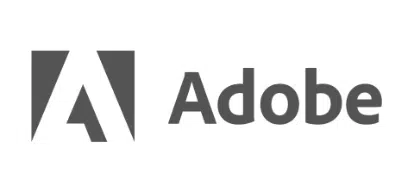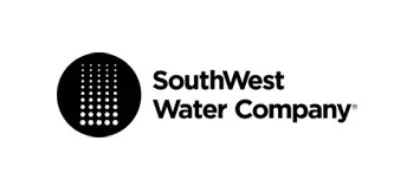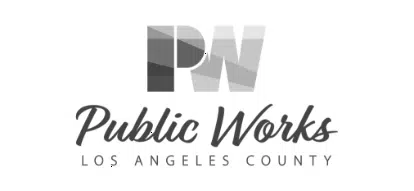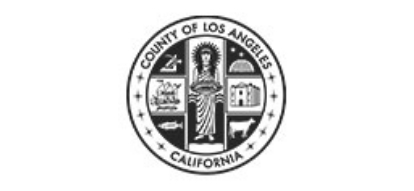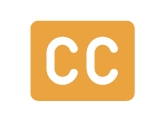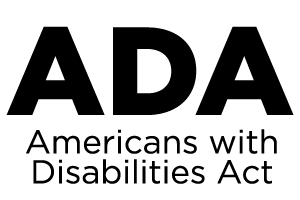ADA WEB ACCESSIBILITY
Your website must legally be ADA (The Americans with Disabilities Act) compliant, and we can help. We handle manual ADA & compliance audits with expert implementation. Guaranteeing the accessibility of your website to all is not just a legal obligation; but also a strategic decision that can positively impact your business’s reputation by embracing true web accessibility and inclusion.
WHAT IS
ADA?
Web accessibility gauges a person’s capacity to use a website, especially those with disabilities such as visual or mobility challenges, and hearing impairments. ADA Web Accessibility evaluates a website’s adherence to Americans with Disabilities Act standards, treating it as a public space. Ensuring your website’s accessibility isn’t just a legal requirement; it’s a strategic choice that can enhance your business’s reputation through genuine web inclusivity and accessibility.
GET A FREE STRATEGY REVIEW
THE READY ARTWORK ADA WEB ACCESSIBILITY
SCAN & FIX PROCESS

Scan
To begin the compliance process, a website must be scanned for any ADA violations, also known as errors in the resulting reports. ADA compliance scanning can be done at different budget levels. Two of the biggest factors being the size and complexity of the website.
There are reputable free ADA website scanners that are suitable for smaller websites, as well as robust ADA scanning solutions on the opposite spectrum that could cost upwards of tens of thousands of dollars annually for large websites with lots of pages and functionality.

Analyze
Once a report is generated, errors will usually be grouped into different classifications and severity levels. Your web designer and developer will be able to help identify the solutions needed to bring the website up to the compliance level required. We recommend aiming for WCAG 2.1 level AA.

Execute
Have your selected designer and developer execute the plan laid out by your scan results and rescan to measure results. There could be a combination of design and programming work required to get to the level of compliance you need. Work and re-scan as many times as needed making sure to keep a record of the whole process.

ADA Upkeep
ADA Website compliance is not a one time project. It is important to upkeep your compliance efforts. The two considerations for upkeep are: 1. As new content and functionality is added, the website could quickly fall out of compliance. 2. New standards are adopted regularly, as California aims to adopt WCAG 2.1 AA as a standard, WCAG 2.2 was just released in 2020 and could be the next new standard in the near future.
Part of the upkeep efforts should include a scanning software that stores and exports regular scan results for record keeping as well as regular audits and records of fixes. An ADA compliance playbook would help tremendously to whoever is in charge of updating the website content and functionality.
BRANDS WE’VE WORKED WITH:
OUR WORK
IN WEB ADA
ACCESSIBILITY
TOP 5 COMMON
ADA WEB ACCESSIBILITY VIOLATIONS
Who is impacted?
People with disabilities are the most impacted when it comes to ADA Web Accessibility. Over 16% of our world population has a disability. Not having equal access to the internet is an educational, social, and economic disadvantage for a big part of our population.
Any person or organization who owns and operates a website in the United States that is open to the public is impacted by regulations set forth by the Americans with Disabilities Act.
- Title I and III of the ADA are used regularly in the enforcement of web accessibility.
- Title I: Title I of the ADA covers any business with at least 15 full-time employees operating for 20 or more weeks yearly.
- Title III: Under Title III, businesses that fall into the “public accommodation” category, such as hotels, banks and public transportation, must also comply. The entirety of the law applies, from physical considerations to digital accommodations.
Why is it important?
Improved user experience: When you prioritize access needs, you ensure visitors with a disability are given as pleasant an experience on your site as those without a disability.
Search engine optimization (SEO) advantages: Many ADA-compliance features hinge on making your site accessible to screen readers. Consequently, these changes also make your site accessible to search engines, which crawl your site to determine your organic search rankings.
Legal compliance: Failure to abide by ADA and Section 508 standards can lead to heavy lawsuits and fines for your company that could be easily avoided by incorporating accessibility standards.
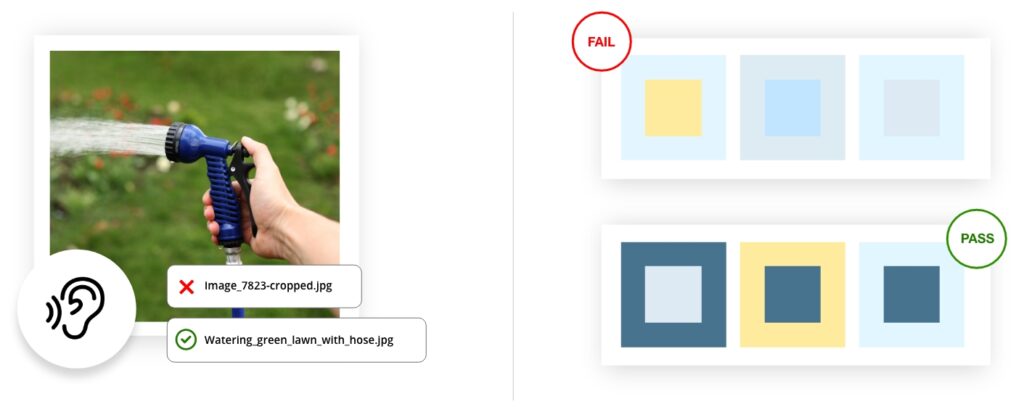
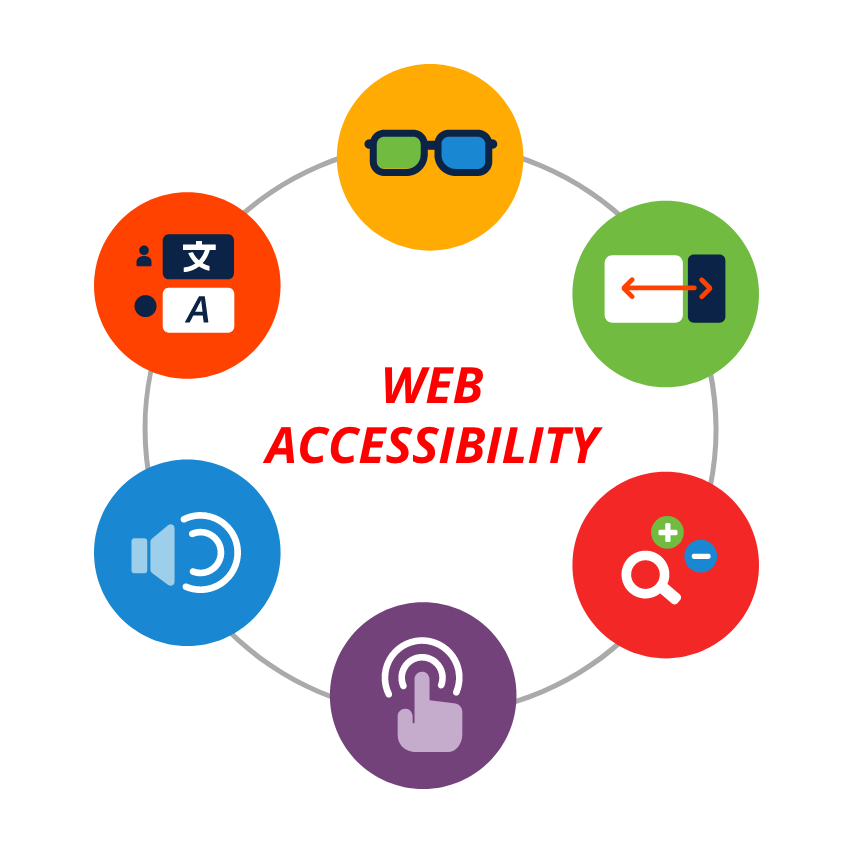
History of ADA Web Accessibility
The Americans with Disabilities Act (ADA), signed into law on July 26, 1990, aimed to ensure equal access to public spaces for all Americans, including the 1-in-4 with disabilities.
As the internet became a larger part of daily life, ADA Web Accessibility emerged when WCAG 1.0 was published on May 5, 1999, by the World Wide Web Consortium (W3C). Although WCAG serves as the de facto standard for ADA Web Accessibility, it’s not yet officially recognized as a legal standard, but ongoing government efforts seek to change this.
Solutions
Here are two schools of thought when it comes to ADA Website Compliance:
- Overlay Solutions
- ‘Scan and Fix’
Overlay Solutions (Not Recommended):
Overlay solutions are software solutions that are installed as a layer between a website and visitors to grab content from the original (usually non-compliant) website and “translate” the content into an accessible version. These solutions are typically designed to get a passing score from ADA scanners, while offering a mediocre experience for users with accessibility needs.
The reason these solutions are popular is because they typically charge a low monthly fee that website owners can “set and forget.” While some of these overlay solutions do offer tools for website owners to modify parts of the user experience, many will not touch it once the software.
While overlay solutions give many companies the illusion of compliance, they are not only offering customers with disabilities a bad experience – they are putting themselves at risk for lawsuits. A quick Google search on “ADA overlay solution lawsuits” will reveal a lot of reasons why this is not a good solution.
One of the biggest publications in the digital marketing industry has a good article on this topic:
Are you using an accessibility overlay to help disabled users? Don’t!
